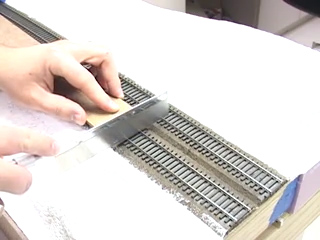
Having trouble viewing this video? Please visit our Video FAQ page When building your model railroad, you may have times when you need to cut track to fit in a certain space. Model Railroader associate editor Cody Grivno will show you how to easily cut track in this basic training video. […]
Read More…
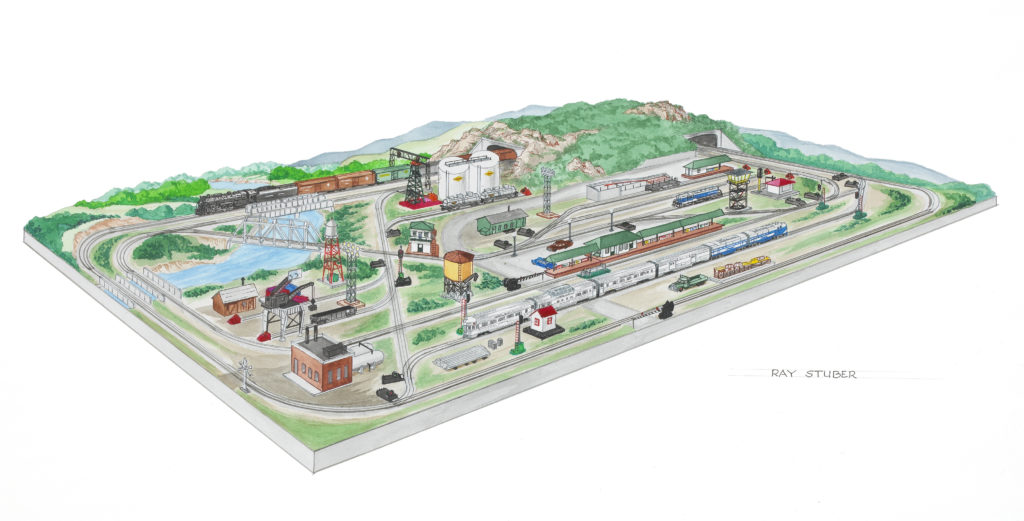
Layout designer: Ray Stuber Scale: O Layout size: 7 x 16 feet Track type: Lionel O Minimum curve: O-31 Originally appeared in the November 2012 issue of Classic Toy Trains. Workin’ the Wabash in 7 x 16 feet track plan Workin’ the Wabash in 7 x 16 feet schematics Workin’ the Wabash in 7 x […]
Read More…
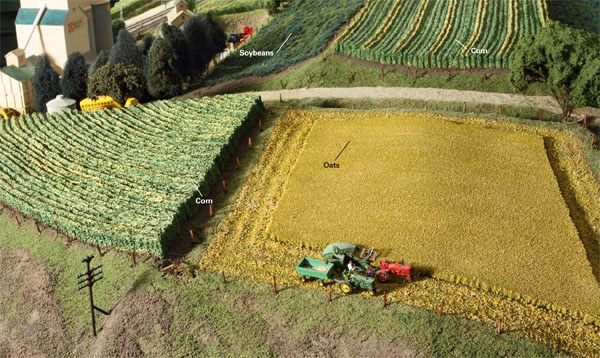
The oat harvest is in full swing on Pat Lana’s N scale Cedar River & Iowa Central. Corn and soybean fields are also visible in the photo. Pat shares techniques for modeling crops using items from craft and home supply stores. Mike Danneman My freelanced N scale Cedar River & Iowa Central Ry. is set […]
Read More…
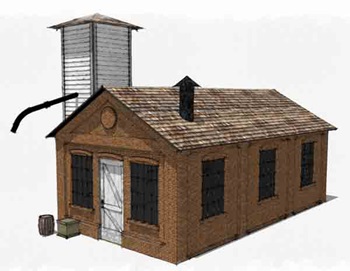
Download the PDF of this project here. This PDF is formatted to print on your home printer. Most pieces are formatted to fit on a 8.5″ x 11″ piece of paper. For larger parts of the plan, you will see “break lines.” Line up the break lines to create the larger piece. Please note: This […]
Read More…
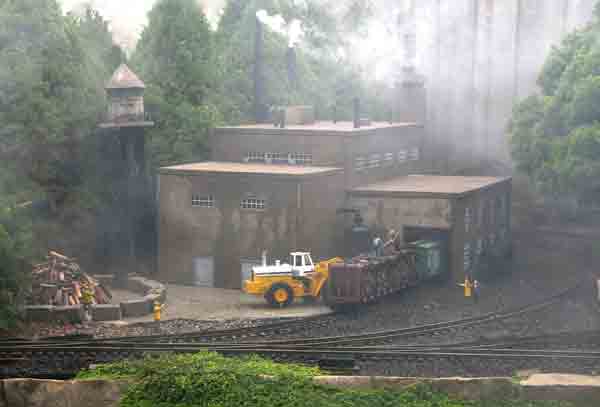
1. Since 1928, Spruce Falls Power & Paper Company in northern Ontario has provided all the paper for The New York Times, which affectionately calls it “Uncle Spruce.” Jim and Julie Barber model real places from their past and present by building concrete-sided buildings. Protected inside, a smoke machine helps to model a high-pressure weather […]
Read More…
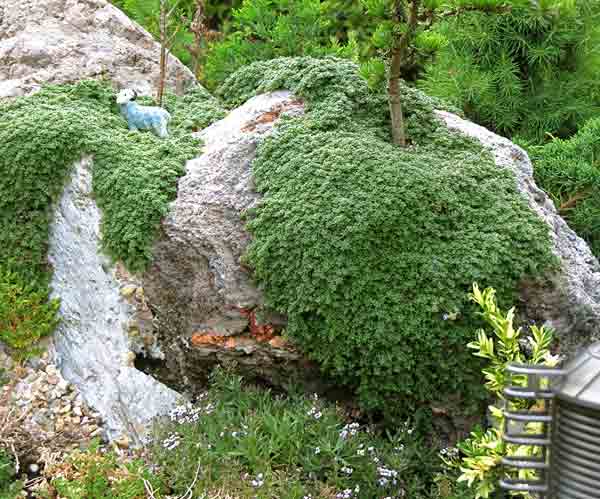
Nancy Norris Common name: Elfin thyme Latin name: Thymus serpyllum ‘Elfin’ Plant type: Groundcover Plant size: 2″ x 6″ and spreading USDA Hardiness Zones: 4-9 Cultural needs: Poor, well-drained soil, moderate to low moisture, sun to partial shade Elfin thyme deserves its status as practically everyone’s favorite scale lawn or meadow. It’s about “thyme” this […]
Read More…
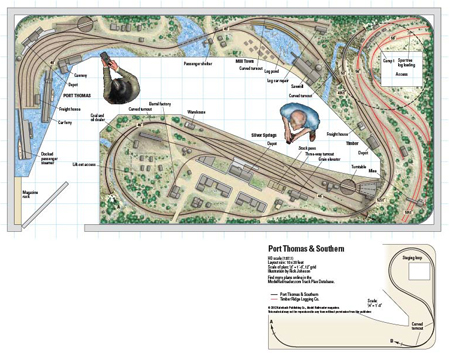
Name: Port Thomas & Southern and Timber Ridge Logging Co. Layout designer: Tom Hawkins Scale: HO (1:87.1) Size: 10 x 20 feet Prototype: freelanced, based on the Port Townsend & Southern RR Locale: Pacific Northwest Era: early 1900s Style: walk-in Minimum radius: 24″ Minimum turnout: no. 6 (main), no. 4 (yards and sidings) Maximum grade: […]
Read More…
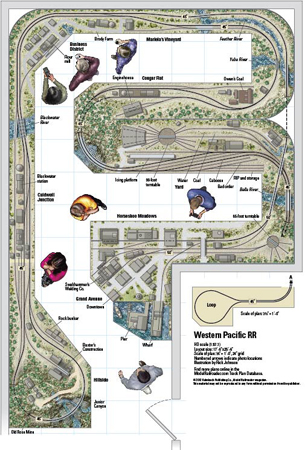
Name: Western Pacific RR Layout designer: Bob Grech Scale: HO (1:87.1) Size: 17′-6″ x 25′-6″ Prototype: freelanced Locale: freelanced Era: 1935 to mid-1940s Style: walk in Minimum radius: 26″ (main line), 24″ (hidden reverse loop) Minimum turnout: no. 6 Maximum grade: 2 percent Originally appeared in the October 2012 issue of Model Railroader. Click here […]
Read More…
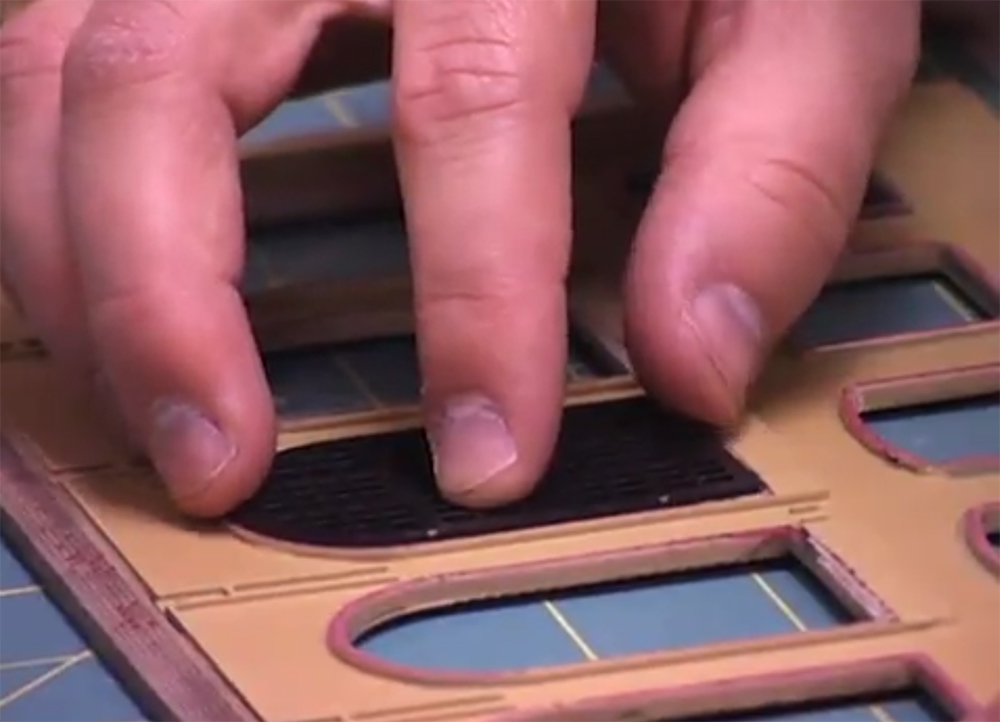
Having trouble viewing this video? Please visit our Video FAQ page Follow Model Railroader associate editor Cody Grivno as he shows you this handy tip for your next model railroad structure project. Cody will show you how to cement painted plastic parts together without damaging them. He’ll also give you tips for working with […]
Read More…
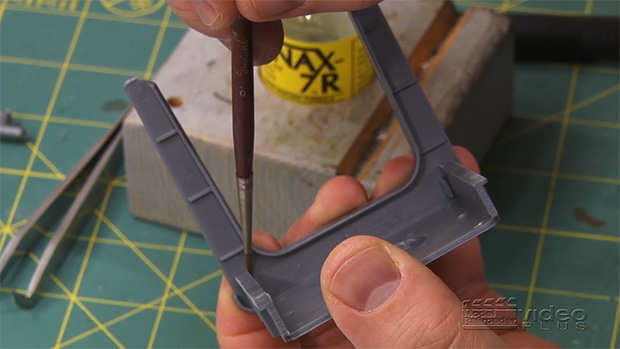
Having trouble viewing this video? Please visit our Video FAQ page Whether you’ve never built a plastic kit or you’ve assembled several, this video is for you. Cody takes you through the steps to clean up, fit, and cement plastic kit parts like a pro. […]
Read More…
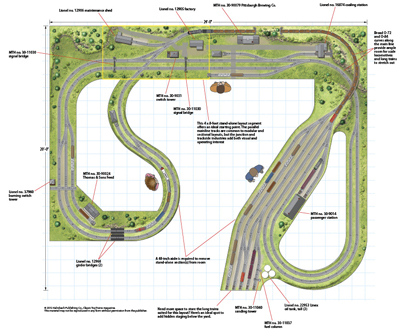
Layout designer: Kent Johnson Scale: O Layout size: 20 x 24 feet Track type: Lionel FasTrack Minimum curve: O-48 Originally appeared in the October 2012 issue of Classic Toy Trains. Click on the link to download a PDF of this track plan. Track plan Schematic Parts list […]
Read More…
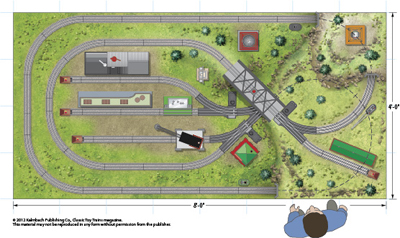
Layout designer: John Rusterholz Scale: O Layout size: 4 x 8 feet Track type: Lionel O Minimum curve: O-31 Originally appeared in the September 2012 issue of Classic Toy Trains. Up-and-over O gauge plan Up-and-over O gauge plan schematic Up-and-over O gauge plan components […]
Read More…












